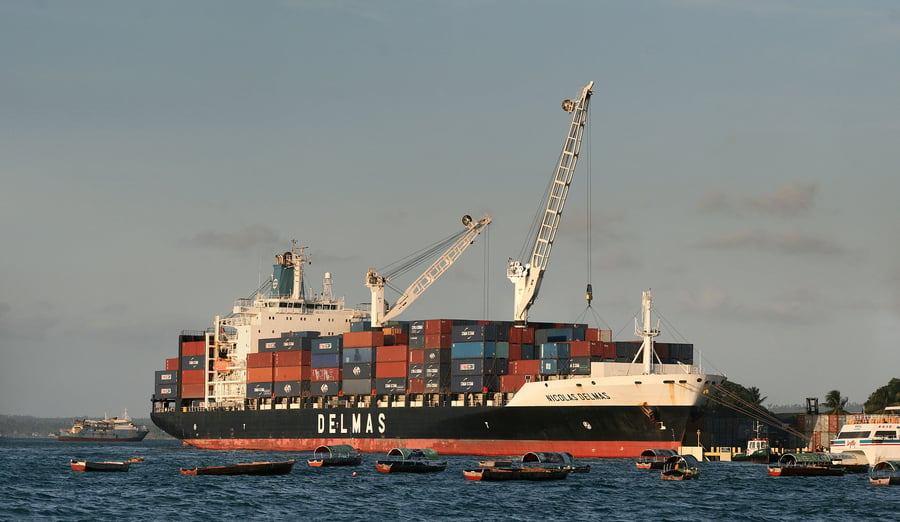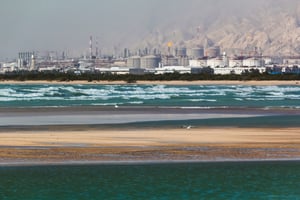
Efforts to tow the vessel from the Red Sea were halted by salvagers due to safety concerns, leaving the tanker, which holds 1 million barrels of oil, at risk of leaking, according to YWN reports.
Although no major spill has occurred yet, the situation poses a significant threat, exacerbating disruptions in the $1 trillion trade that flows through the Red Sea annually and affecting aid deliveries to Sudan and Yemen. The European Union’s Operation Aspides reported that the private companies involved in the salvage operation found conditions too hazardous to proceed and are exploring other solutions.
The U.S. State Department has highlighted the potential scale of the disaster, comparing it to the Exxon Valdez spill of 1989. Meanwhile, the Houthis have continued their attacks, targeting additional oil tankers in the Red Sea. They have suggested they might permit a salvage operation, but critics argue they have previously used the threat of environmental damage to gain concessions.
The Sounion was first attacked on August 21 by the Houthis, who used small arms, projectiles, and a drone boat. The crew was rescued by a French destroyer as part of Operation Aspides and taken to Djibouti. The Houthis later released footage showing they had planted and detonated explosives on the tanker.
Since October, the Houthis have targeted over 80 merchant vessels with missiles and drones, resulting in the sinking of two ships and the death of four sailors. Despite the U.S. military's ongoing airstrikes against Houthi targets, including a recent strike on a missile system, the Houthis' attacks are expected to persist until a ceasefire is achieved in Gaza.






















